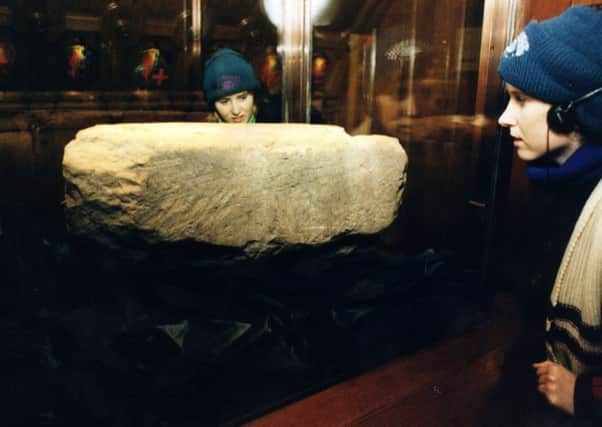OTD 1296 - The Stone of Destiny removed from Scotland


The ancient stone, on which Scottish kings were inaugurated until the end of the 13th century, became an integral part of the Coronation Chair in London for almost 700 years although some have doubted whether the stone is the true original.
The Stone was removed by Edward I following his invasion of Scotland that was finally triggered by John Balliol, King of Scotland, supporting the French against the English.
Advertisement
Hide AdAfter Edward I crossed the border, the Scots were heavily defeated at the Battle of Dunbar in April 1296, with Balliol later forced to publicly apologise by the English monarch and surrender the throne of Scotland.
It was the last act in Edward’s overlordship and manipulation of the Scottish king.
As Edward I sought to strip Scotland of its identity and evidence of its independence, the Stone of Destiny was removed along with the Scottish Crown Jewels and the Black Rood of St Margaret.
Documents relating to the Scottish throne were also removed but were later destroyed when the ship carrying them sunk.
In the same month, leading Scottish nobles and burgesses were forced to swear a personal oath to the English king in The Ragman’s Roll.
The stone sat undisturbed in Westminster Abbey for almost seven centuries until Christmas Day 1950, when four Glasgow University students stole it after breaking into the landmark.
Advertisement
Hide AdThe search for the stone closed the Scottish and English border for the first time in 400 years.
It was brought over the border in two pieces and later recovered from Arbroath Abbey, before being returned to London.
The Stone was brought back to Scotland in November 1996 and put on display in Edinburgh Castle.
